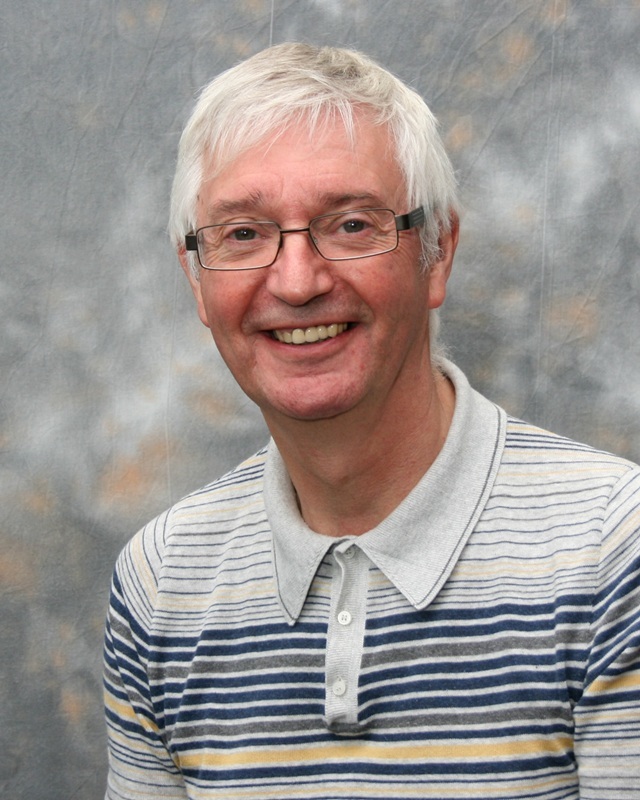A Dundee academic temporarily swapped the lecture room for global television this week when he took part in a live broadcast on American news channel CNN in front of millions.
Professor David Bremner, forensic science research leader at Abertay University, was interviewed by anchorman Martin Savidge about a breakthrough in fingerprint detection.
The news network contacted the Dundee institution after learning of the techniques developed by a team of forensic experts, including Professor Bremner, who discovered a way to recover fingerprint ridge detail and impressions from fabrics which has proved difficult up until now.
In a four-minute segment broadcast from Atlanta, Georgia, via a satellite link with Abertay, the professor spoke on the incredible technology and how it could even inject new life into “cold cases.”
Much of the world’s media has already reported on the project including the Discovery Channel but, as Professor Bremner told The Courier, appearing on global television was very different.
“Being interviewed live on CNN was a fantastic experience and it shows the importance of the work being done by Abertay University and the Scottish Police Services Authority in their Dundee laboratory.
“Millions of people across the world now know about the great research we’re doing.
“What’s particularly exciting about this research is that revealing fingerprints and handprints on fabric can help criminal investigators to potentially identify a perpetrator and to corroborate testimony that a victim or witness has given.
“If someone claims they were grabbed by their collar or pushed in the back, we can use this technique to show where hand contact was made and help establish exactly what happened in a criminal incident.”
The technology has been developed through a joint project between Abertay and the Scottish Police Services Authority. It is also capable of uncovering traces on DNA left behind in finger and handprints, further increasing the chances of snaring the guilty party.
